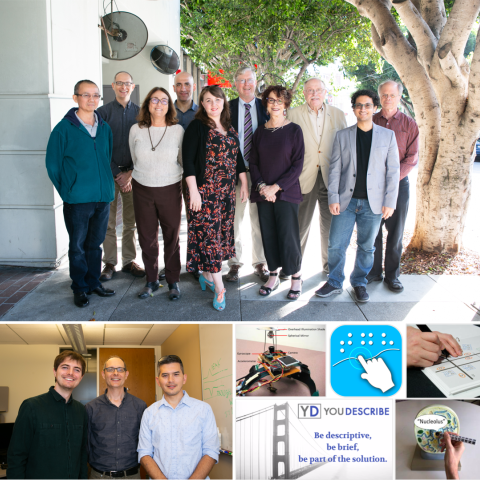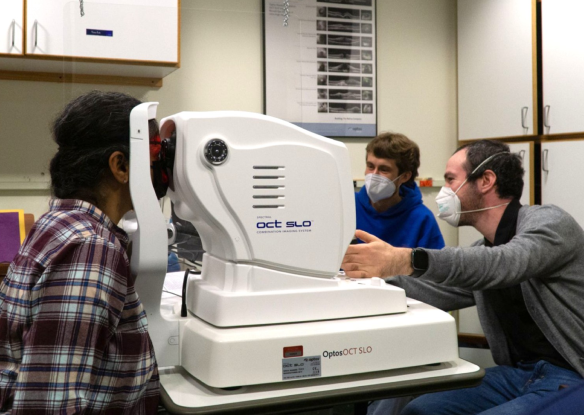
Contact Information
The Center's research goal is to develop and apply new scientific knowledge and practical, cost-effective devices to better understand and address the real-world problems of blind, visually impaired, and deaf-blind consumers. The RERC has many ongoing R&D projects and collaborative relationships, both internal and external to Smith-Kettlewell. Primary funding for the RERC comes from the National Institute on Disability and Rehabilitation Research, with other important sources of support, including the National Eye Institute, and The Smith-Kettlewell Eye Research Institute.
Please check out the latest news about the RERC on Twitter.

